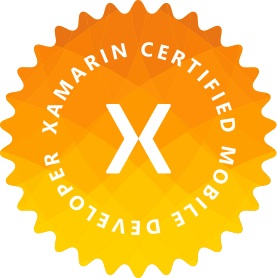
I’m Steve Hawkins, Software Developer from the UK, I've got 20+ Experience creating innovative solutions for global companies.
I'm also a Xamarin Certified Mobile Developer with 5+ years creating solutions for both small and large companies.
Always learning something New..
